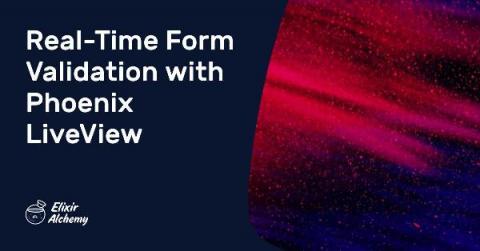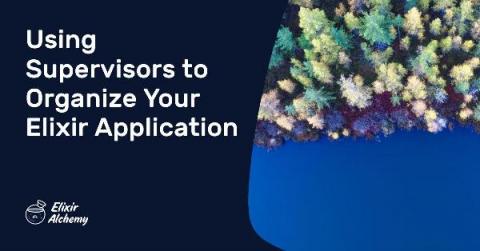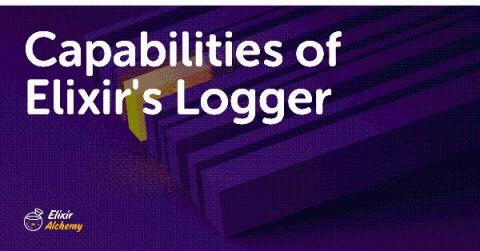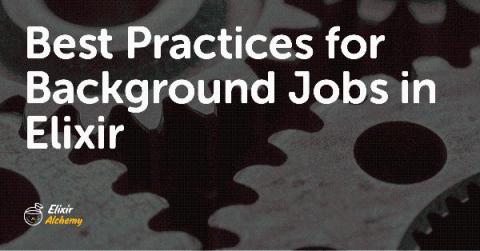Real-Time Form Validation with Phoenix LiveView
LiveView is a compelling choice for building modern web apps. Built on top of Elixir’s OTP tooling and leveraging WebSockets, it offers super-fast real-time, interactive features alongside impressive developer productivity. LiveView keeps the developer’s mind firmly rooted on the server-side, even when testing and debugging. This can empower you to deliver interactive features in single-page apps faster than ever before.











